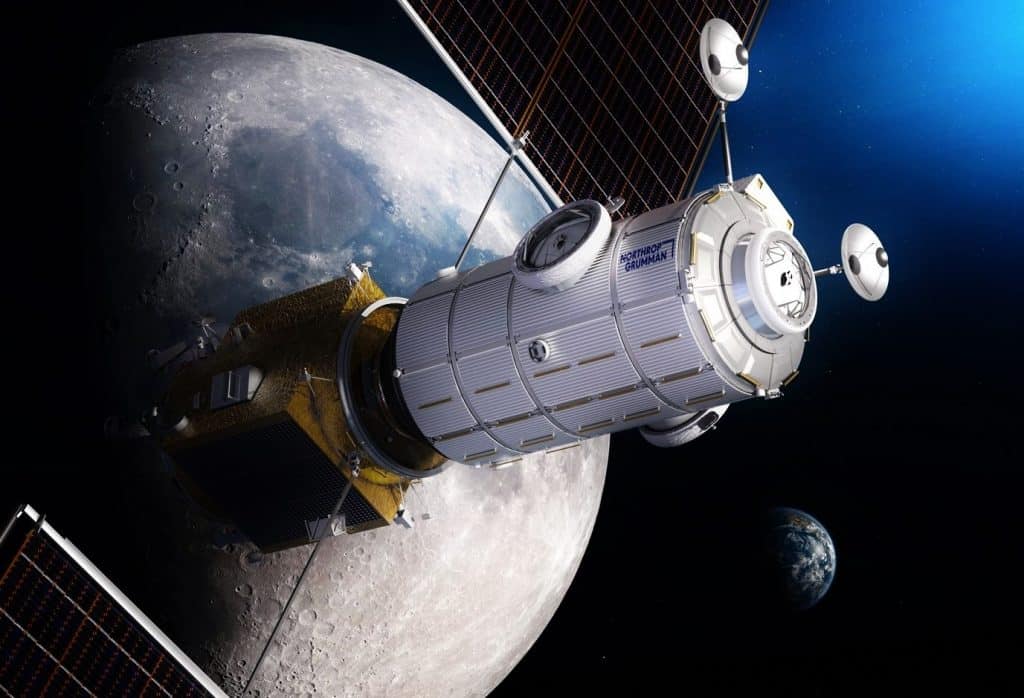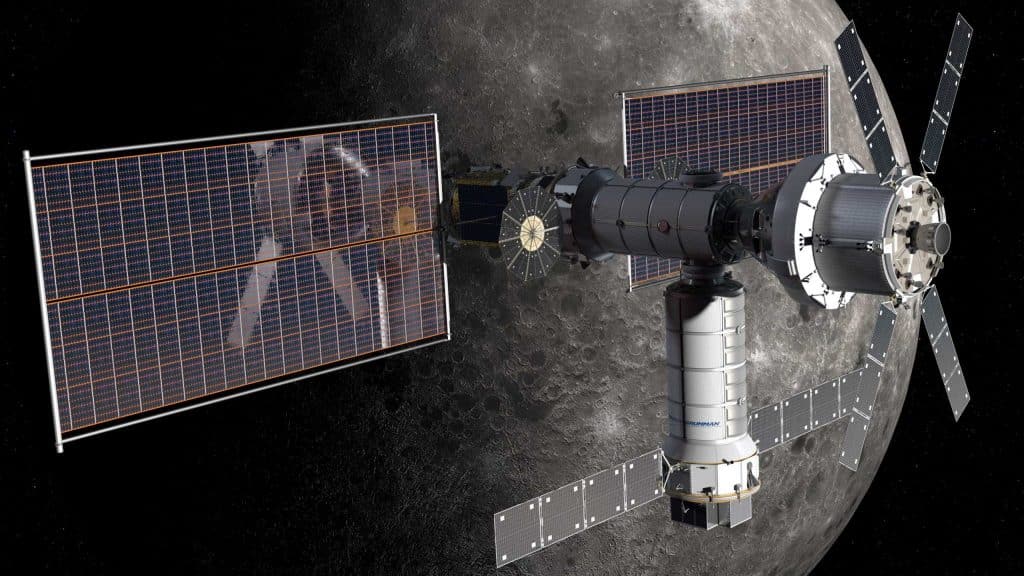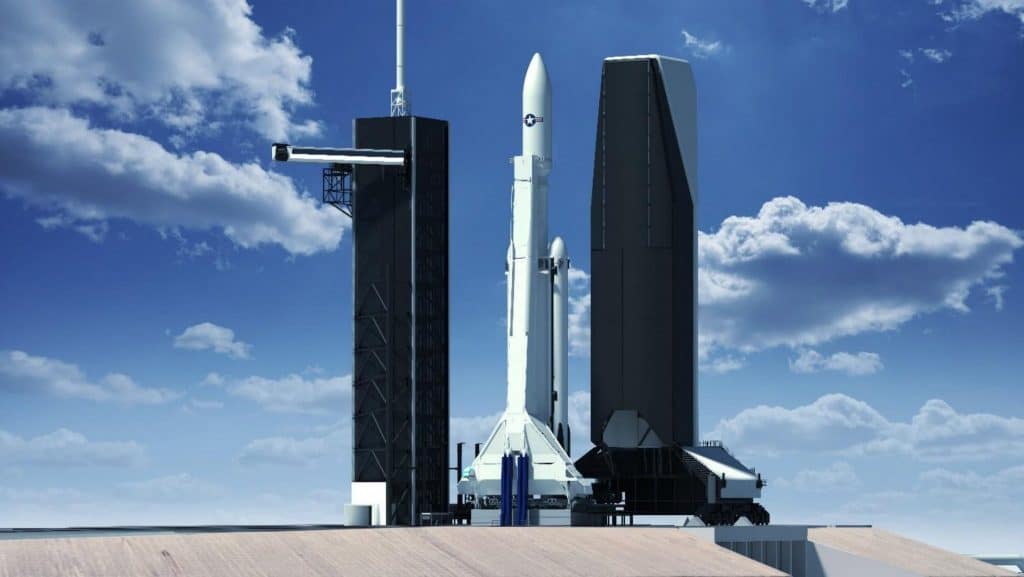Days after SpaceX won a NASA contract to launch a space telescope for galaxy mapping, Falcon Heavy was chosen by the space agency to launch a small space station on the Moon some four years from now.
For years, NASA and some of its “centers” have floated the idea loosely known as Gateway, partly on its merits as a possible vehicle for dipping toes into crewed deep spaceflight and exploring the Moon, but mostly as a way to offer a destination for the destination to the bloated Space Launch System (SLS) rocket and Orion spacecraft. NASA could not use Orion to recreate its famous Apollo Moon missions, weighted down by an incredibly inefficient European Service Module (ESM).
Orion/ESM on its own is limited to higher, more exotic lunar orbits with less immediate value, lacking the requisite performance to safely position Orion and its astronauts into the Low Lunar Orbit (LLO) optimal for a new round of crewed Moon landings. As a result, NASA will deliver the Lunar Gateway to a “near-rectilinear halo orbit” (NRHO) where it will orbit the poles of the Moon at altitudes between 3,000 and 70,000 kilometers (1,900-43,000 mi).

Aside from bureaucratic machinations and sunk-cost mistakes, any space station orbiting the Moon will be an amazing technological achievement and an unquestionably thrilling undertaking. NASA says the combined Power and Propulsion Element and Housing and Logistics Outpost (PPE/HALO) Falcon Heavy launch contract for SpaceX would eventually cost around $332 million, although that amount includes vague “other mission-related costs” that may have little to do with SpaceX and be separate from the actual launch services of the company.
Less than a year ago, NASA awarded SpaceX $117 million to launch Psyche – a scientific spacecraft with an overall cost similar to PPE/HALO – on Falcon Heavy.

The fact that Falcon Heavy will need a stretched payload, SpaceX is already working with the US military to launch the massive PPE/HALO stack, which will stand about 15 meters (50 ft) high and, when combined, weigh ~14 metric tons (~31,000 lb), may contribute to the exceptionally high cost. Although heavy, for SpaceX, which has launched 17 16-metric-ton batches of Starlink satellites since November 2019, the payload mass is rather mundane.
For SpaceX, what is not mundane is launching such a large payload beyond the low Earth orbit (LEO) destination of Starlink. The PPE/HALO will be delivered to an elliptical orbit similar to but lower than the geostationary transfer orbit (GTO; ~250 km by ~36,000 km) typical for commercial communications satellites, according to a virtual presentation recently provided by a Northrop Grumman HALO engineer.

Thankfully, the low target orbit suggests that PPE/HALO will not be the first fully expendable Falcon Heavy launch for SpaceX. SpaceX could theoretically launch PPE/HALO and attempt to land all three first boosters at sea, depending on how far below GTO NASA is willing to allow a configuration that leaves enough output to give GTO 10 metric tons. The rocket could feasibly launch PPE/HALO beyond GTO if SpaceX suggested Falcon Heavy with an expendable center core, minimizing the amount of time it would take for PPE to slowly spiral with its electric thrusters out to the Moon.
NASA says the launch is planned no earlier than (NET) May 2024, obviously optimistic considering that HALO’s development contract has not yet been awarded by the space agency.





